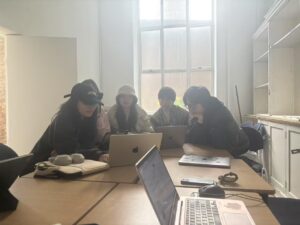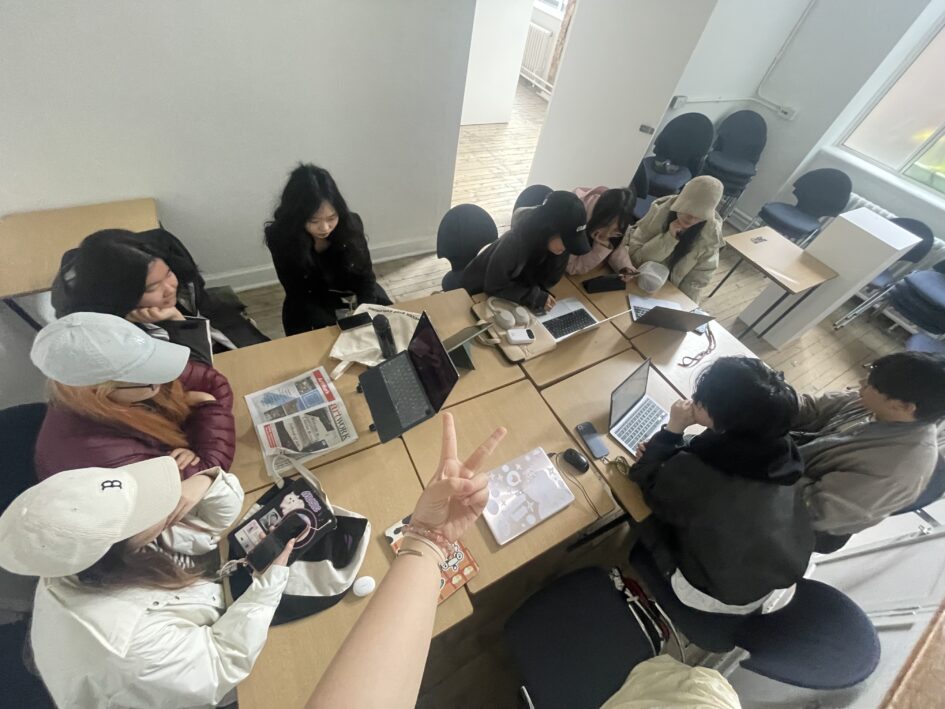This week, we split into two groups to watch the movie “Truman’s World” and reflect on the “defined reality” of the movie. I was assigned to group A. The key word I found was: seam.
The World of Truman is a movie about control, but I am more interested in the “cracks” that control cannot fully cover – the technical errors, the sudden abnormal behavior of the characters, the semantic dislocations, the illogical transitions in the spatial structure. These details are like cracks in the canvas, which at first glance appear to be insignificant, but in fact hold the possibility of resistance. For Truman, these cracks are the starting point of his skepticism towards the real world and the catalyst for his awakening of consciousness.
In my opinion, these subtle cracks are more relevant than the abstract questioning of “freedom” or “truth” in grand narratives. In a highly anthropomorphized media society, complete authenticity is almost unattainable, but the “cracks” are always there – such as strange content in over-algorithmic recommendations, sudden and erroneous notifications on digital platforms, or hard-to-disguise tired performances in social relationships. or the tired performances of social relationships that are hard to hide. Like Truman’s shattered lights, they remind us that this is not a matter of course, but a structure that can be questioned and reshaped.

Watch movie group A
The significance of the seam is also that it is not a violent collapse or a flag-raising revolution, but a soft, latent energy. It is a soft, latent energy. It opens the channel of truth through “incongruity” and “imperfection”, just like what Foucault called “the archaeology of knowledge”, we are not searching for the complete architecture of truth, but reconstructing meaning in the ruins and fractures. We are not searching for the complete construction of truth, but reconstructing meaning in the midst of ruins and ruptures.
When Truman’s ship finally hits the “end of the world”, what he hits is not a wall, but a structural illusion. He finally steps out of that crack into an unknown reality, perhaps also full of illusions. But that moment of choice is the first time he takes the initiative to step towards the possibilities in the crack, instead of passively accepting a scripted life.
Thus, “crack” is not a loophole, but a rhetorical form of reality. In our lives, it suggests how to read reality: not by accepting the logic of the whole, but by hearing the underlying voice of truth in every collapse, dislocation, and anomaly. We may live forever in some kind of theater, but it is the imperfections of these theaters that allow us the freedom to still question, to go out, to rewrite the script.



Leave a Reply